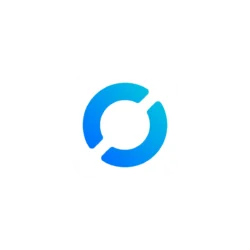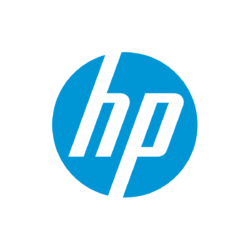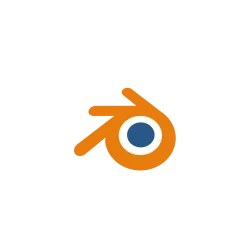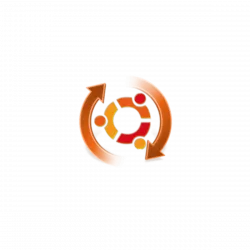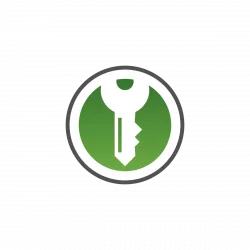
KeePassXC password manager released new 2.7.11 version today! See what’s new and how to install instruction for Ubuntu & Linux Mint.
The new release of this free open-source cross-platform password manager finally added the long requested feature: auto-generate a password for new entries.




